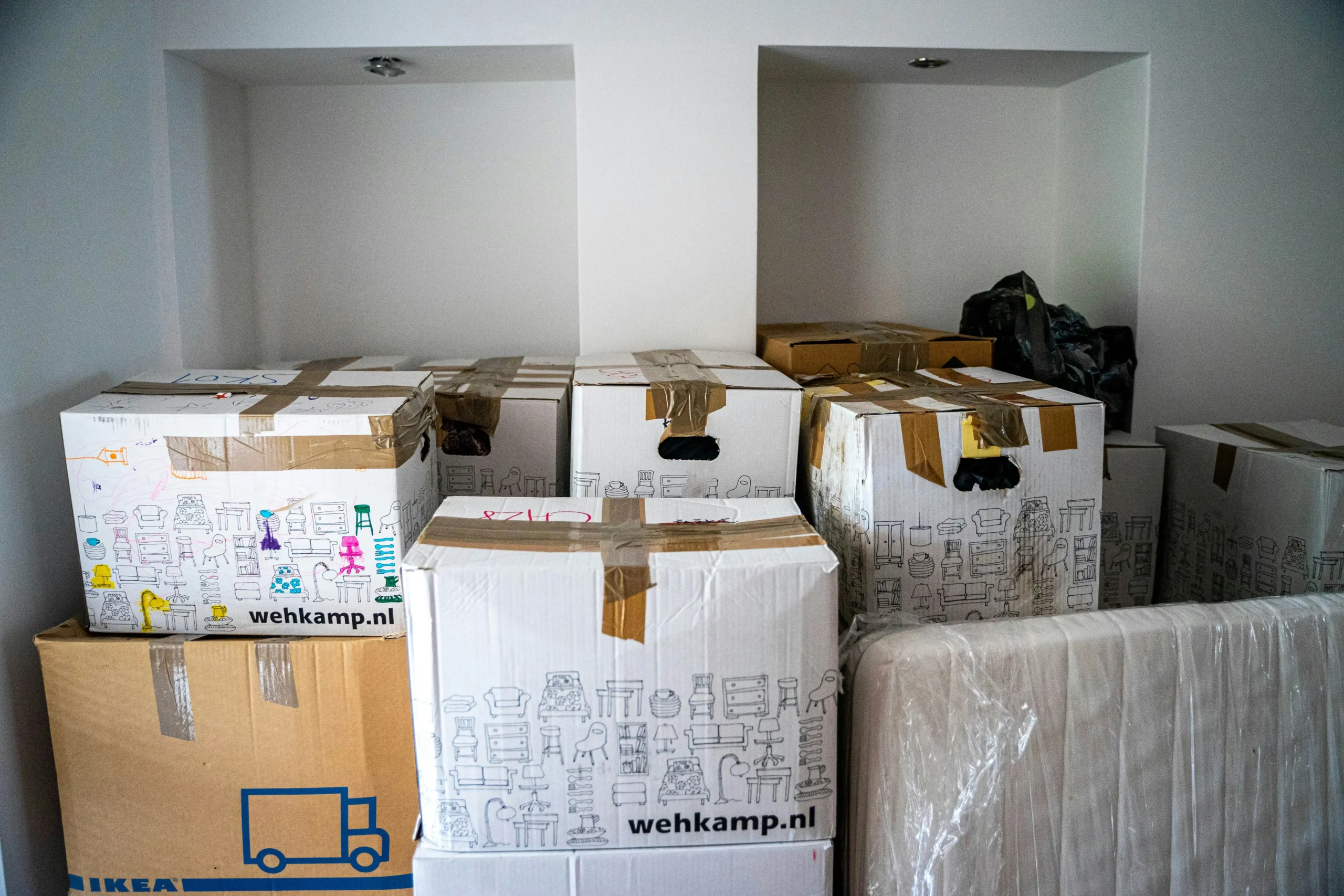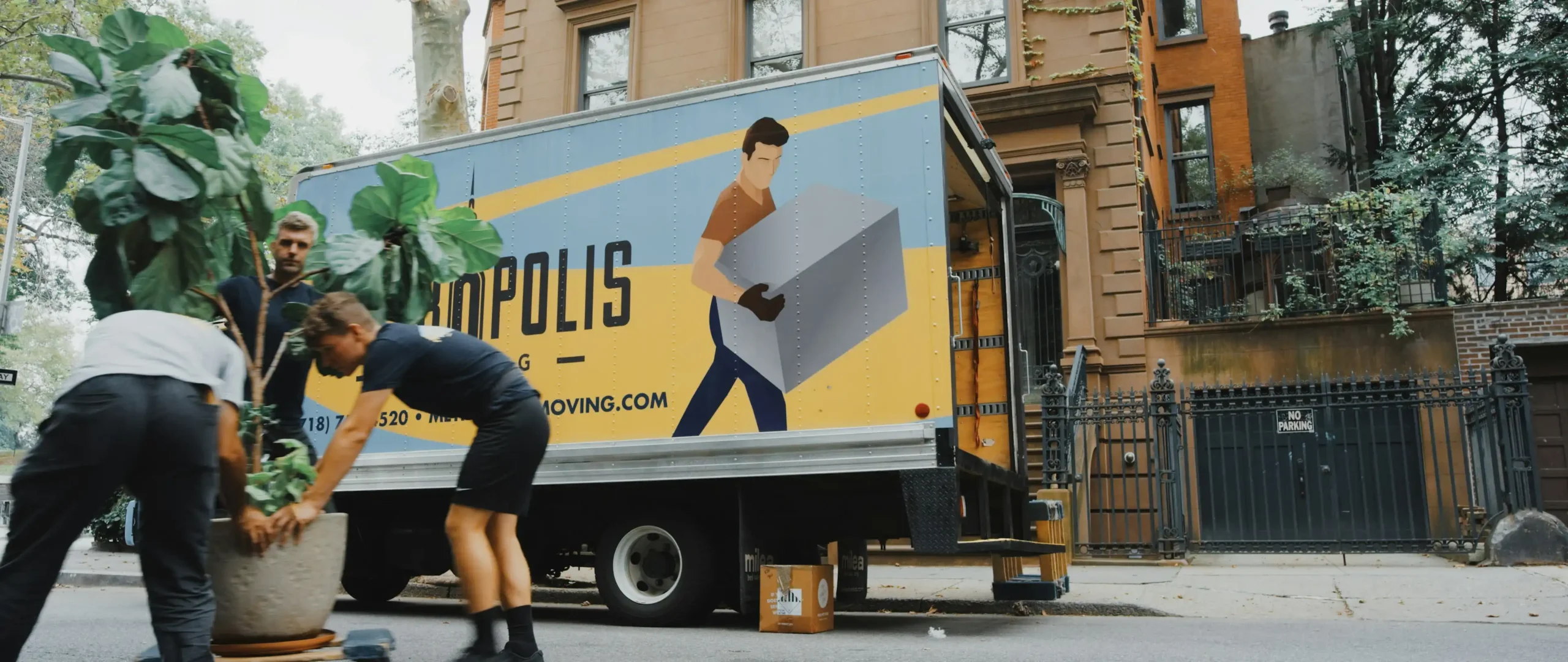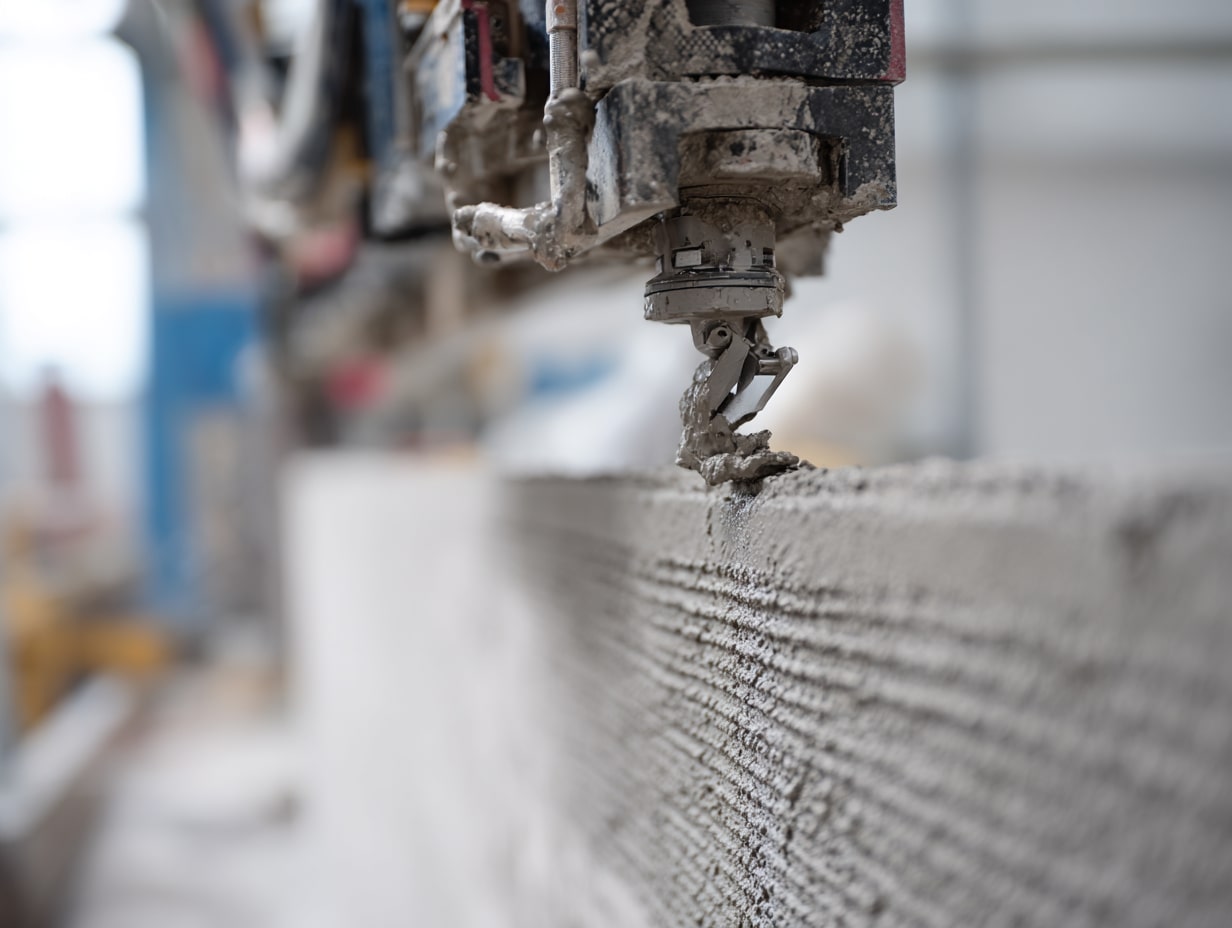- Home
- Articles
- Architectural Portfolio
- Architectral Presentation
- Inspirational Stories
- Architecture News
- Visualization
- BIM Industry
- Facade Design
- Parametric Design
- Career
- Landscape Architecture
- Construction
- Artificial Intelligence
- Sketching
- Design Softwares
- Diagrams
- Writing
- Architectural Tips
- Sustainability
- Courses
- Concept
- Technology
- History & Heritage
- Future of Architecture
- Guides & How-To
- Art & Culture
- Projects
- Interior Design
- Competitions
- Jobs
- Store
- Tools
- More
- Home
- Articles
- Architectural Portfolio
- Architectral Presentation
- Inspirational Stories
- Architecture News
- Visualization
- BIM Industry
- Facade Design
- Parametric Design
- Career
- Landscape Architecture
- Construction
- Artificial Intelligence
- Sketching
- Design Softwares
- Diagrams
- Writing
- Architectural Tips
- Sustainability
- Courses
- Concept
- Technology
- History & Heritage
- Future of Architecture
- Guides & How-To
- Art & Culture
- Projects
- Interior Design
- Competitions
- Jobs
- Store
- Tools
- More
How Spatial Awareness Transforms the Moving Experience

Anyone who’s tried squeezing a sectional sofa through a narrow hallway knows that moving isn’t just about muscle and cardboard boxes. It’s about understanding space: how objects relate to openings, how weight sits on surfaces, and how dimensions decide what’s possible. A chaotic move versus a seamless one? The difference usually boils down to spatial intelligence, the same skill architects use when designing functional buildings.
Good movers treat each relocation like a three-dimensional puzzle. A professional moving company knows that every property has its own spatial personality, from century-old homes with tight staircases to modern builds with open floor plans and massive furniture. Reading these spaces correctly separates scratched walls from smooth execution.
Table of Contents
ToggleTaking Real Measurements
Professional movers measure doorway widths, stairwell angles, hallway clearances, and ceiling heights before loading a single box. These aren’t just numbers on paper. They decide routing strategies, equipment needs, and whether that king-sized bed frame needs to come apart.
Architects use dimensional drawings to make sure furniture fits inside rooms. Movers flip the script, working backward from the furniture to figure out feasible paths through the building. That credenza might look perfect in your new dining room, but getting it there means calculating turning radii, vertical clearance at landing points, and whether the piece needs a 90-degree spin halfway up the stairs.

Elevation changes make things harder. Moving items between floors means managing momentum, spreading weight across steps, and staying in control. Professional crews picture these movements ahead of time, spotting potential trouble spots where tight spaces might cause issues.
Movement and Traffic Flow
Architects plan circulation patterns to move people efficiently through buildings. Moving day works the same way. Experienced movers set up flow patterns that stop bottlenecks, cut down on trips, and keep things running. They pick entry and exit points, set up staging areas for packed items, and map routes that avoid backtracking.
Picture a busy downtown apartment building with one elevator and strict moving hours. The challenge means timing everything right, managing shared spaces, and working within tight access points. Movers who get spatial efficiency can load a truck in the order items will come off. Architects call this “programmatic stacking.” You spend less time at the new place digging through boxes and more time settling in.
Parking takes spatial thinking too. Where should the truck sit to cut carry distance? How does street width change loading angles? These choices seem small, but they add up over hundreds of items and multiple trips.
Materials and Protection
Architecture students learn fast that materials have quirks: hardness, flexibility, weight, fragility. Movers deal with these same traits when protecting stuff during transport. Delicate items need cushioning that absorbs shock. Heavy furniture needs support that stops stress concentration. Glass and mirrors need rigid backing that won’t flex.
Your home’s construction materials matter too. Hardwood floors scratch easily without protection. Painted drywall shows scuffs from sloppy handling. Door frames and corners take hits from bad clearance calculations. Professional movers bring floor runners, corner guards, and door jamb protectors. It’s temporary architecture that shields permanent structures from moving-day damage.
Even packing materials follow architectural logic. Boxes are engineered shapes that stack well and spread weight evenly. Good packing means building internal structure in each container, using paper, bubble wrap, and dividers to stop items from shifting. It’s structural engineering at a smaller scale.
Dealing With Difficult Spaces
Not every property plays nice with standard moving procedures. Historic homes have narrow staircases that wind up at angles modern codes wouldn’t allow. Split-level houses create weird transitions between floors. Homes built into hillsides might mean hauling items up or down slopes before you even reach the structure.
Difficult spaces need creative fixes. Sometimes furniture has to leave through windows instead of doors. Other times, hoisting equipment lifts items to second-story balconies. Professional movers check out properties ahead of time to catch these problems, bringing specialized gear when normal methods fail.
Cities have their own spatial headaches. Parallel parking rules, loading zone limits, and the gap from building to curb all affect logistics. Apartment complexes with specific moving rules add another twist, especially when service elevators have different sizes than passenger elevators.

The Human Side of Spatial Planning
Human judgment sits behind all the measurements and logistics. Experienced movers build intuition about space that backs up their technical skills. They can eye a doorway and know if a dresser will squeeze through. They feel when a load has shifted in transit before anything falls. This spatial sense comes from repetition, from working through thousands of spaces and learning how buildings react.
Communication matters hugely in spatial coordination. Moving crews operate like construction teams. One person might stand inside a house while another waits at the truck, talking constantly about what’s coming next, what needs extra care, and when to stop because something isn’t fitting right. Clear talk prevents the spatial mistakes that cause damaged walls or dropped furniture.
The best moves happen when movers and clients work together on spatial planning. Clients who know their new space can point out where items belong, making unpacking go faster. Movers who ask about priorities can arrange the work to place essential items first, so families can start settling in while unpacking continues.
Better Thinking for Easier Moves
Moving day doesn’t have to mean spatial disaster. When movers use the same spatial smarts architects apply to buildings, everything flows better. Items show up undamaged, homes stay intact, and families slide into new spaces without the nightmare stories that follow DIY moves.
Next time you’re planning a move, think about the spatial puzzles involved. Look at the dimensions, the pathways, the materials, and the traffic patterns. Better yet, hire professionals who’ve already figured out this three-dimensional thinking: people who know that successful moving takes more than muscle and trucks. It takes seeing space clearly and moving through it with a plan.
illustrarch is your daily dose of architecture. Leading community designed for all lovers of illustration and #drawing.
Submit your architectural projects
Follow these steps for submission your project. Submission FormLatest Posts
3D Printed Homes: Time, Cost, and What to Expect
3D printed homes explained: realistic timelines (24–72h walls, 8–16 weeks total), true...
How a Contact Centre Boosts Trust in Your Building Business
In construction, trust is the glue that holds projects together. Clients need...
How Real Time Parcel Geolocation Is Redefining Last Mile Efficiency for Modern Businesses
Last mile delivery has become the most critical point in the customer...
How Can Small Spaces Stay Stylish and Relaxing?
In today’s fast-paced urban lifestyle, small living spaces are becoming increasingly common....












Leave a comment